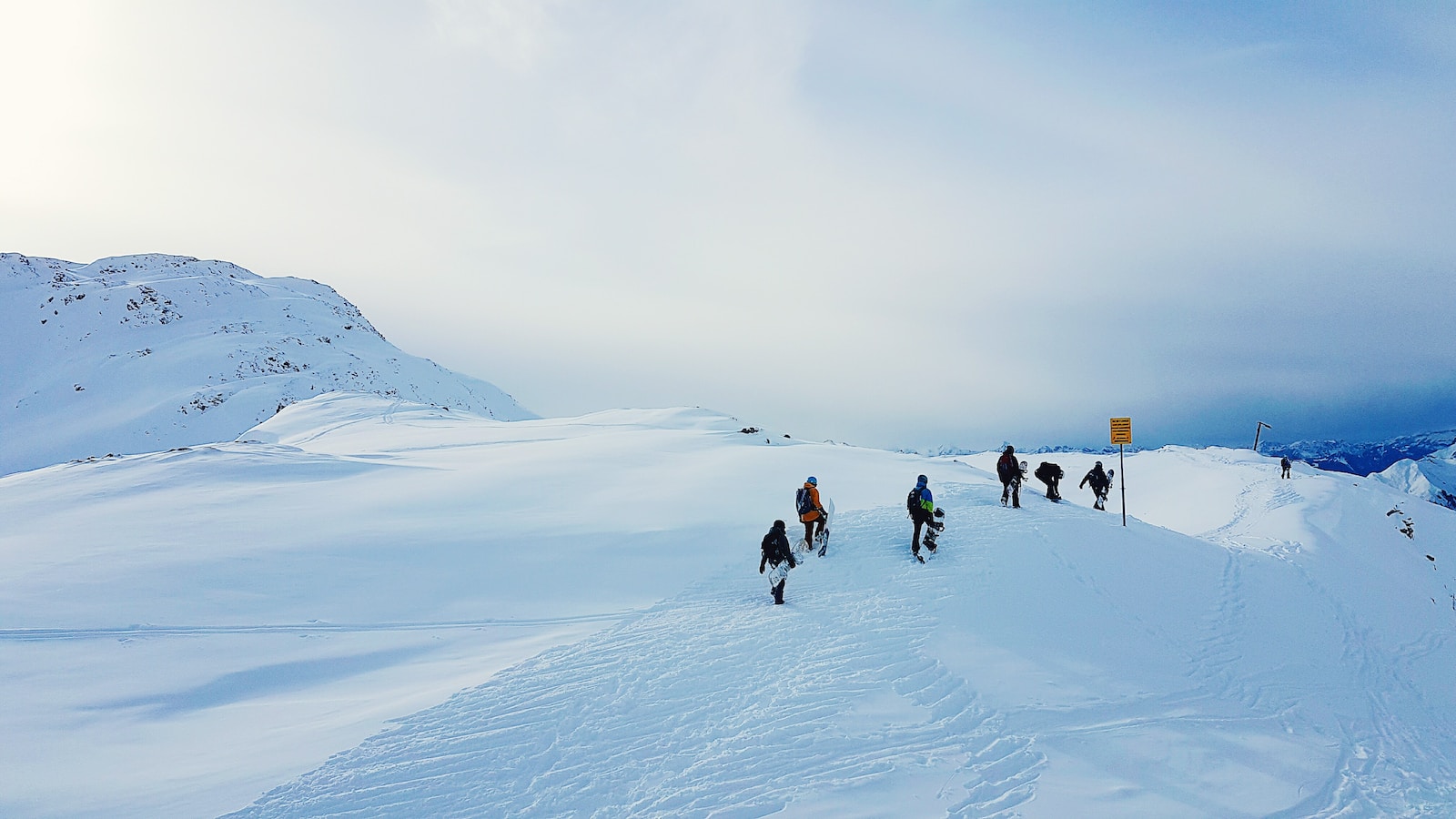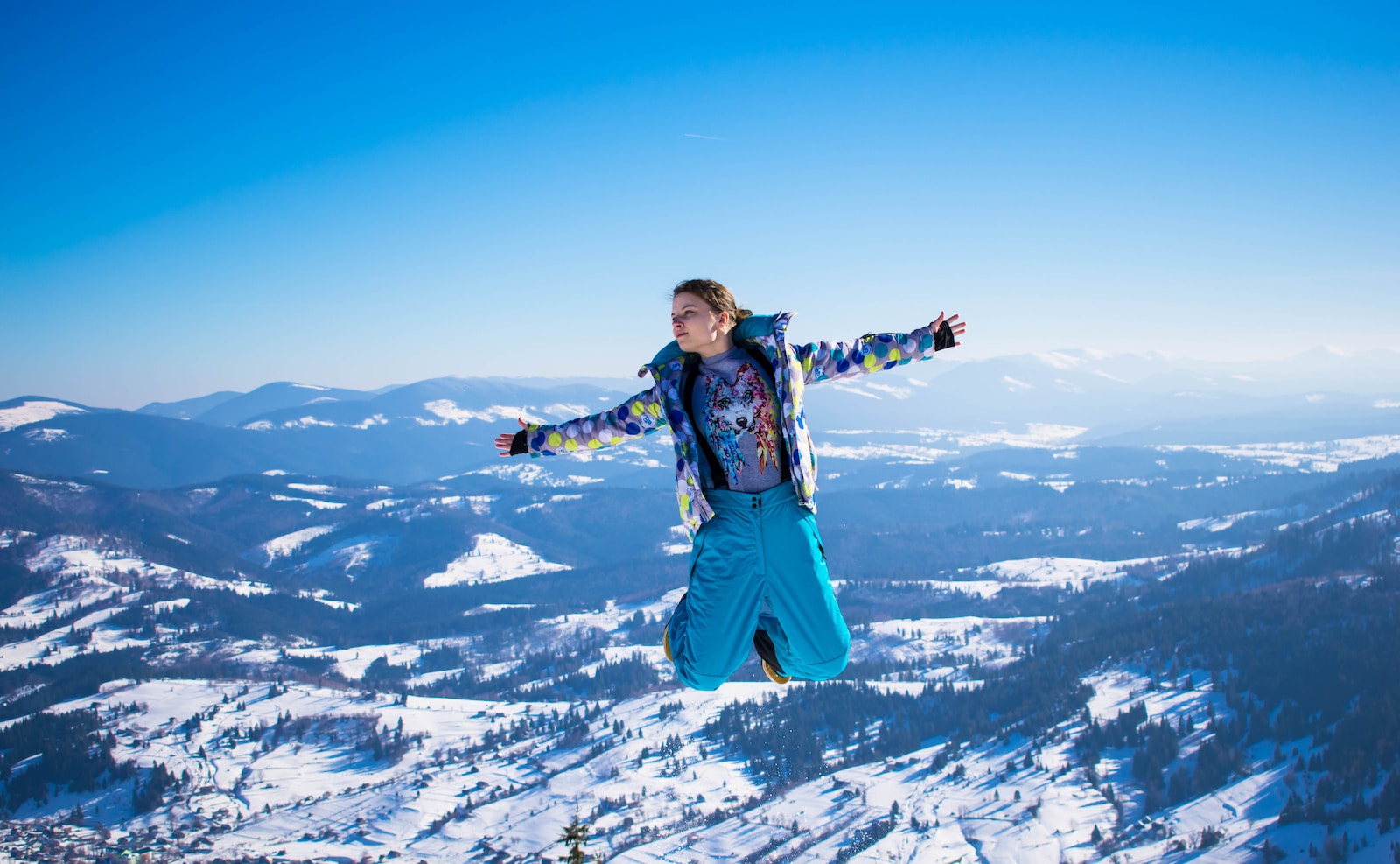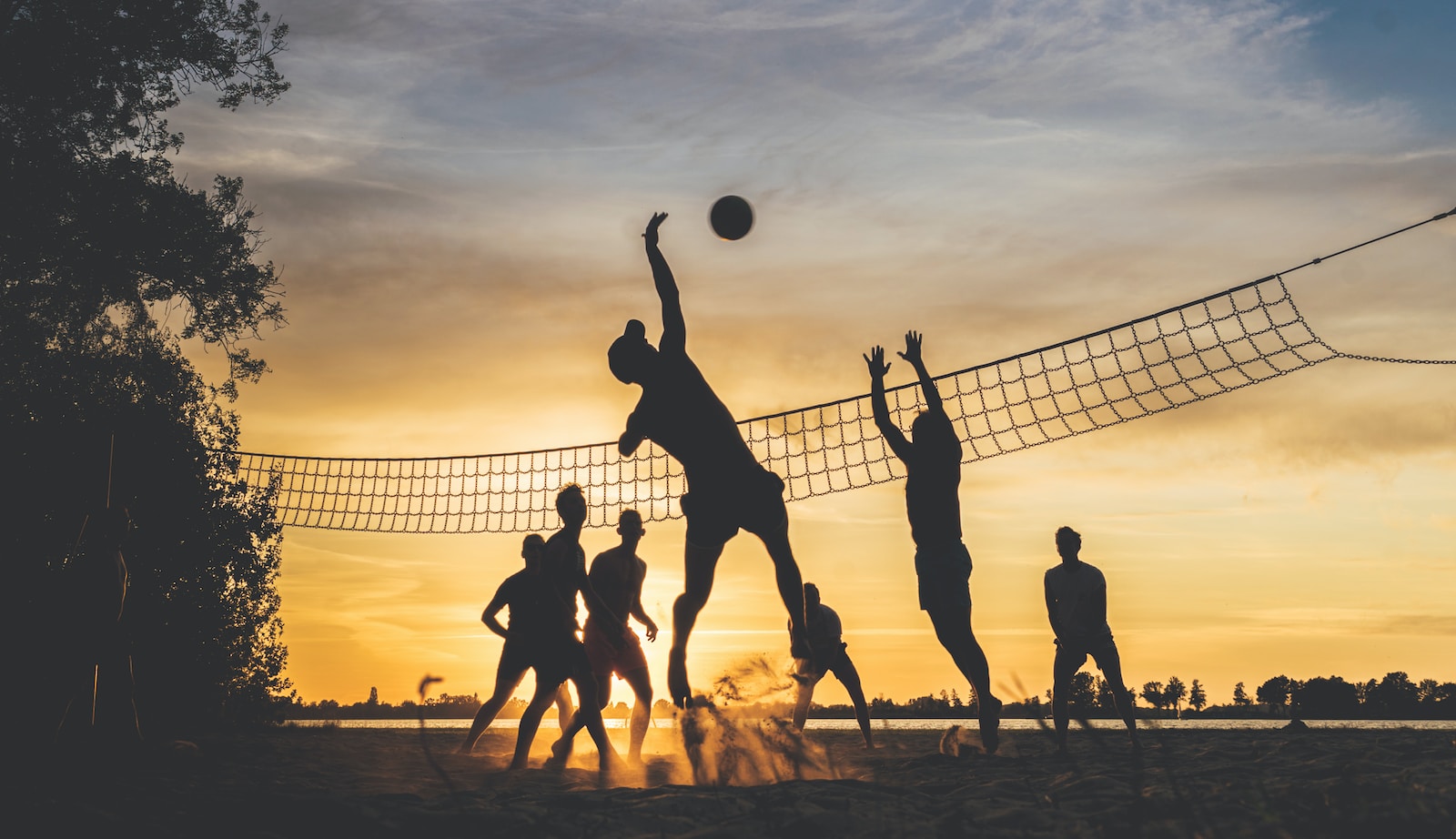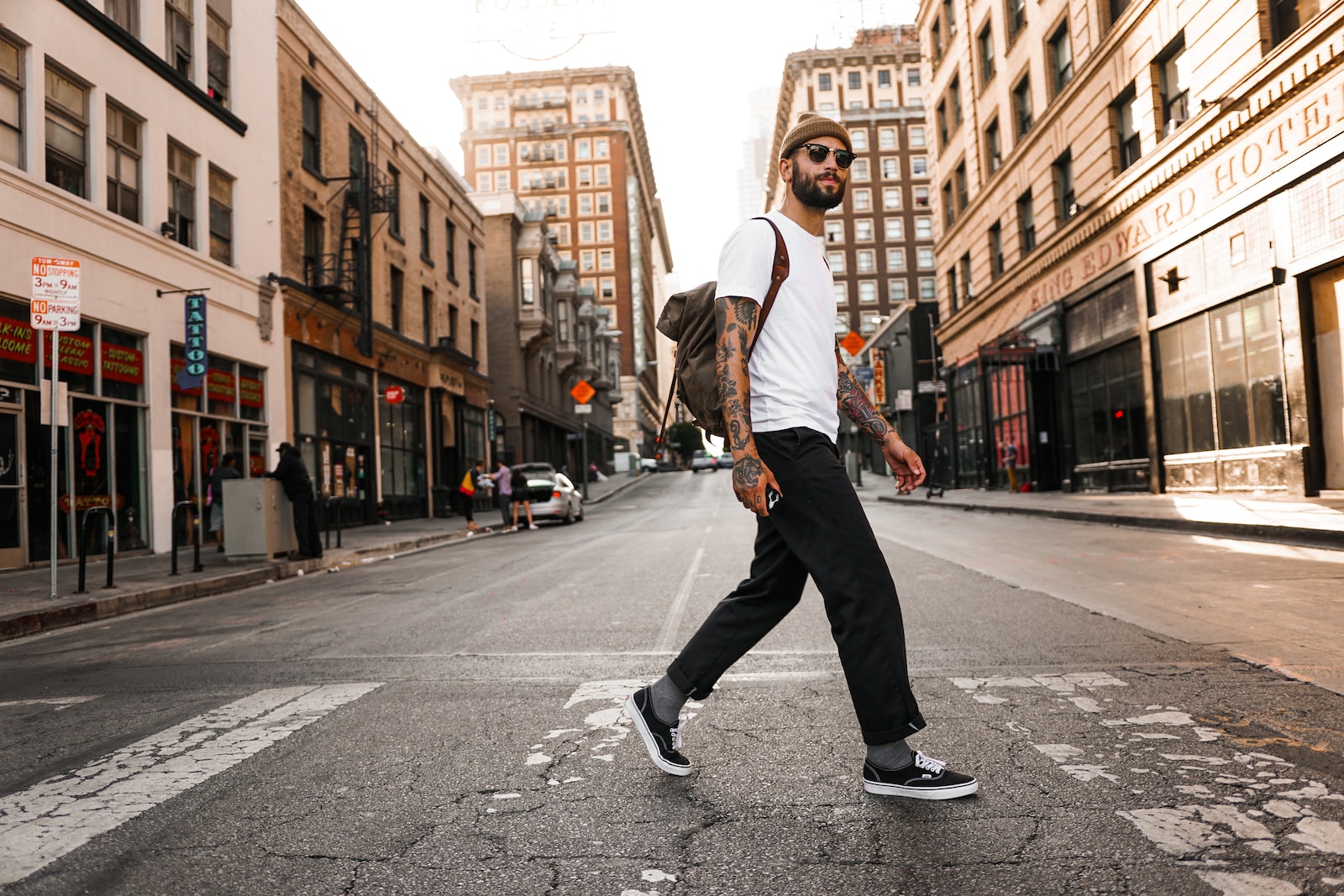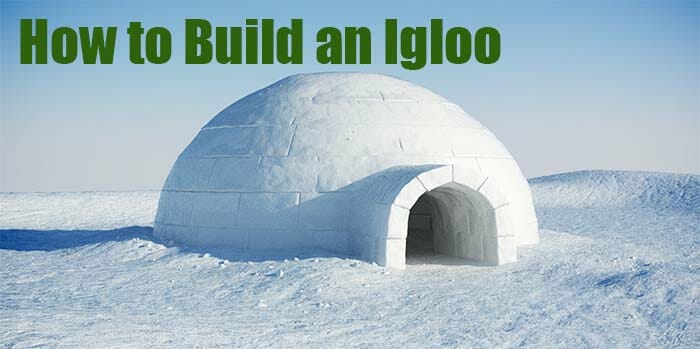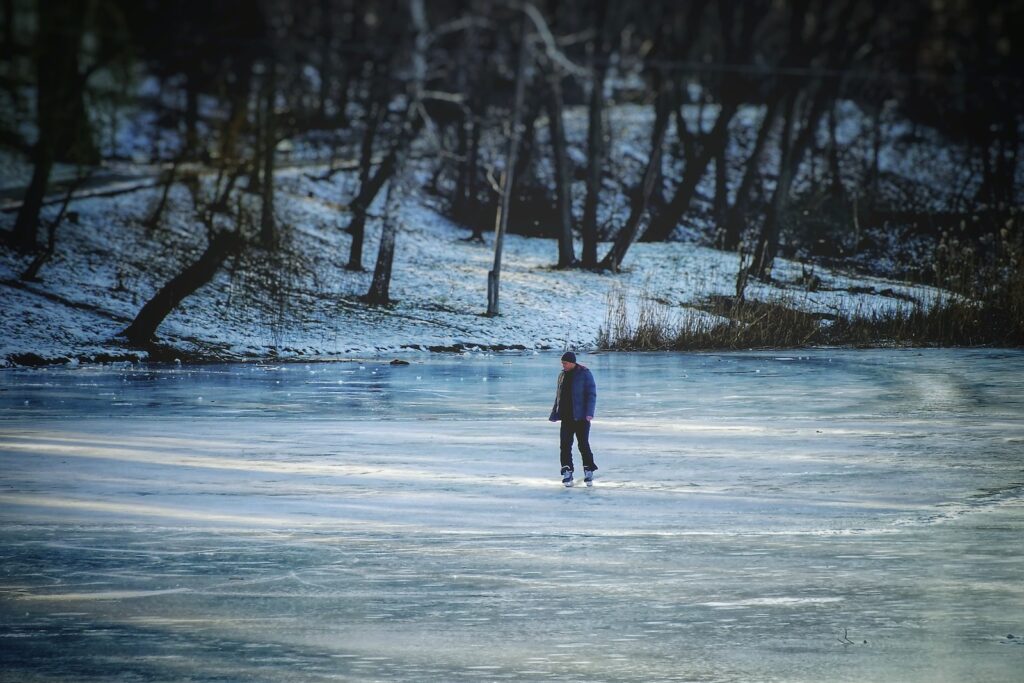
Introduction to Ice Skating Lessons
Ice skating is more than a mere hobby or a way to pass the winter months—it’s an art form, a physical fitness strategy, and a form of entertainment that has been around for centuries. From the moment humans learned to glide on frozen bodies of water, a whole world of possibilities opened up. Today, ice skating holds a prestigious position in the world of sports, particularly in figure skating and ice hockey. Moreover, it’s a recreational activity that people of all ages can enjoy. Whether you’re aiming to perform triple axels or simply want to enjoy the sensation of gliding on ice, ice skating lessons are an excellent place to start.
Ice skating lessons offer guidance and structured learning, which can be beneficial for beginners and experienced skaters alike. Professional instruction can help you master the basics, improve technique, enhance confidence on the ice, and potentially reduce the risk of injuries. This article will take you through the exciting journey of ice skating, offering you insights into what you can expect when you lace up your boots and step onto the rink for lessons.
The Value of Learning Ice Skating
Ice skating might seem like a daunting challenge at first, especially when you watch professionals on TV executing complex moves with grace and finesse. But behind their effortless performances lie hours of practice, determination, and more importantly, learning from experienced coaches. Taking ice skating lessons opens a pathway to a sport that embodies beauty, discipline, and physical fitness.
As you delve deeper into ice skating, you’ll discover that it is not just about improving your agility or learning a new party trick. It encompasses a range of life skills including perseverance, time management, focus, and the ability to embrace failure as a stepping stone to success. Each fall on the ice can be a valuable lesson, each stumble an opportunity to get up and try again with a better understanding of what not to do.
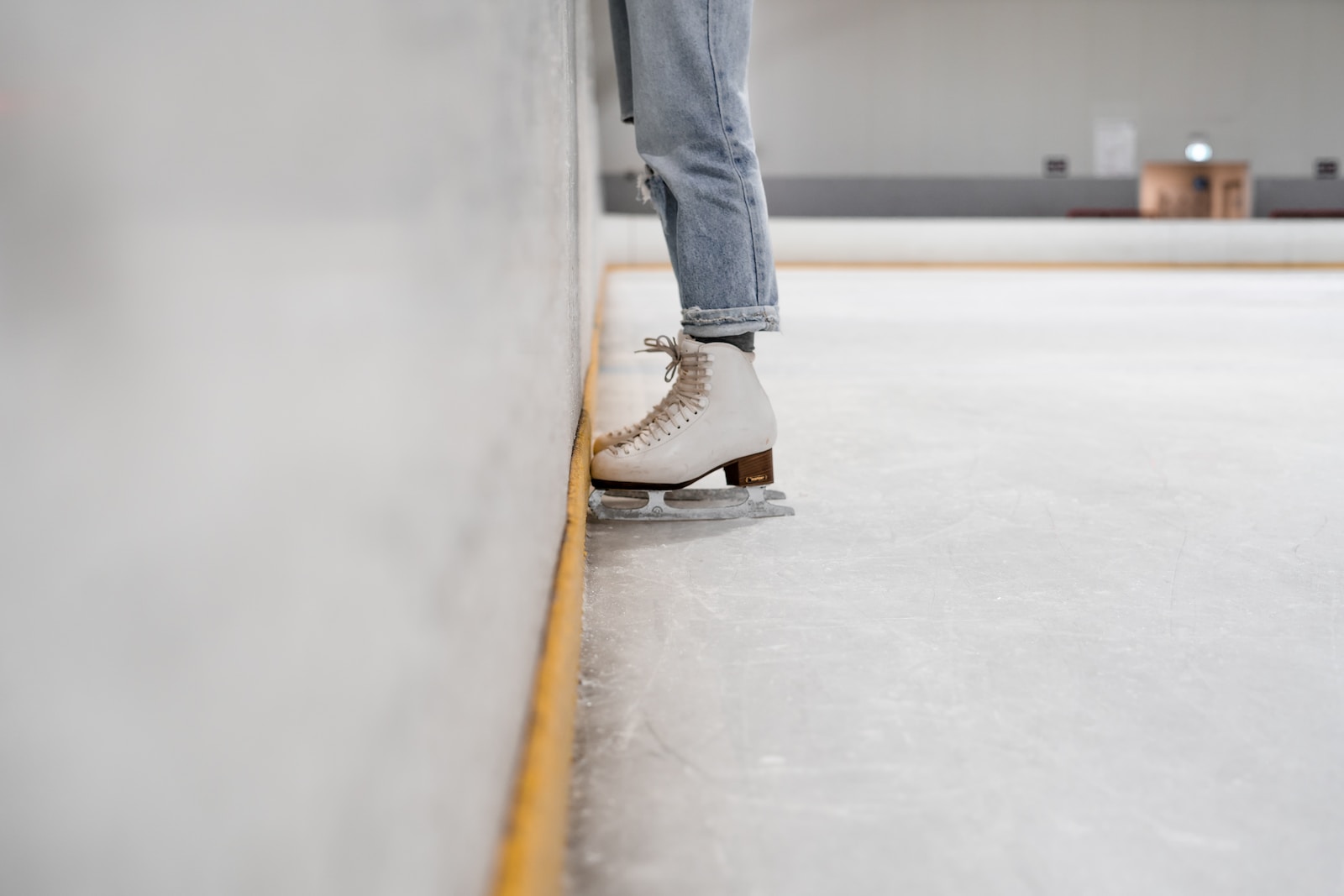
Mental and Physical Benefits of Ice Skating
Ice skating is a holistic activity that offers impressive benefits for both your physical and mental well-being.
On the physical front, ice skating is an effective cardio workout that gets your heart pumping. It requires strength, particularly from the lower body muscles, and can help improve overall body coordination and balance. As you skate, you engage your core, back, leg, and arm muscles, making it a full-body workout. Not only can this lead to improved muscle tone, but it also contributes to better posture both on and off the ice.
Mentally, ice skating is a fantastic way to clear your mind. The focus required to balance and execute moves on the ice can drive away everyday worries, providing a form of meditation. The sport also encourages spatial awareness, precision, and split-second decision-making. Moreover, as you master each move, the sense of achievement you feel can significantly boost your self-esteem and confidence.
The Joy of Glide
One of the unique joys of ice skating is the sensation of gliding on the ice. It’s a feeling like no other—the cool, crisp air on your face, the sound of your blades slicing through the ice, and the world blurring by as you move. Imagine being in the center of a rink, surrounded by the shimmering surface of the ice. With just a gentle push, you’re off, gliding smoothly and freely. The sense of speed, mixed with a hint of danger, is exhilarating. It’s an addictive feeling that often draws people to the ice rink again and again.
This joy of glide, of feeling almost weightless, is at the heart of ice skating. With every session, as your skills improve and your confidence grows, this joy only amplifies. It becomes a dance, a form of expression, and a celebration of what your body can achieve.
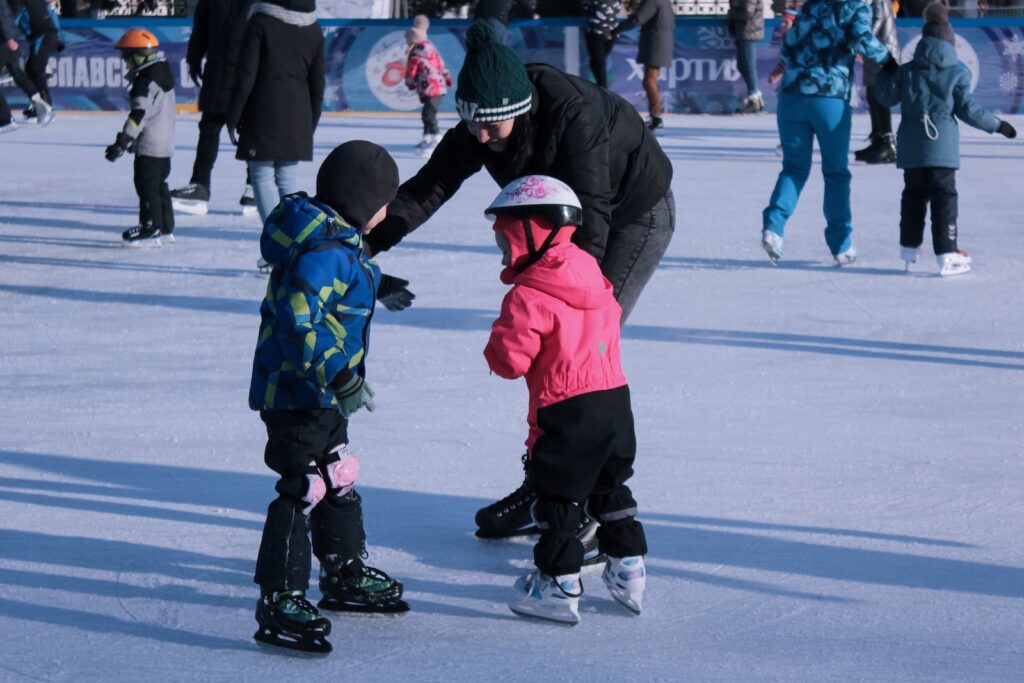
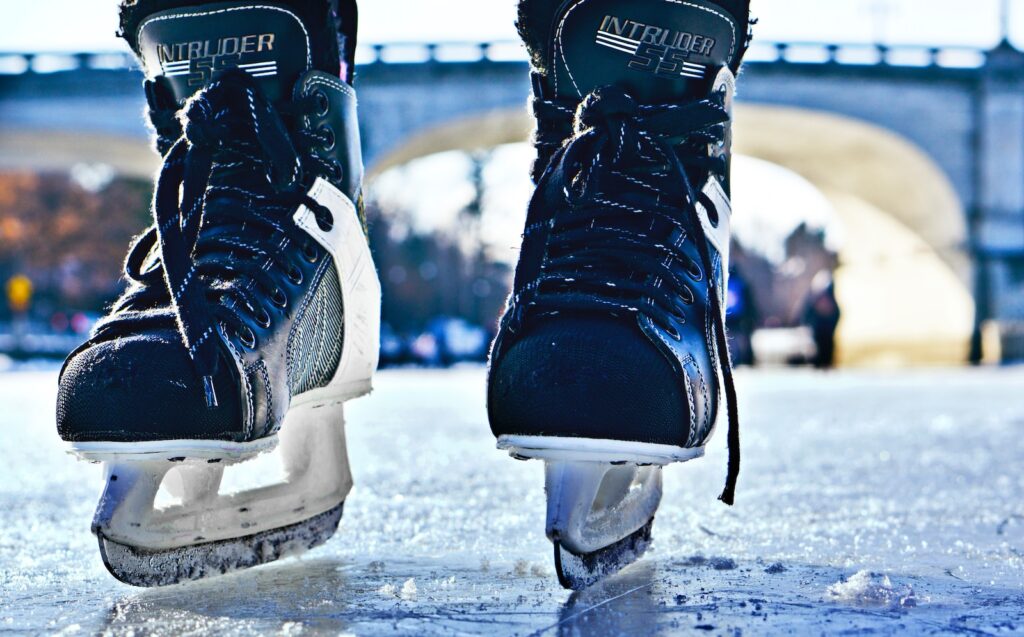
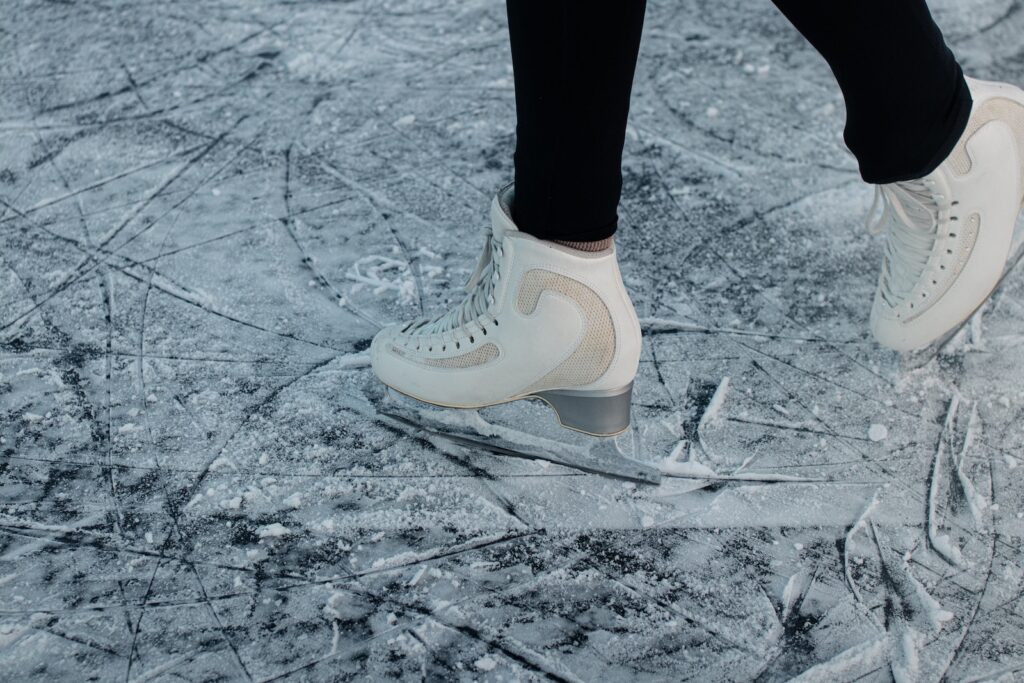
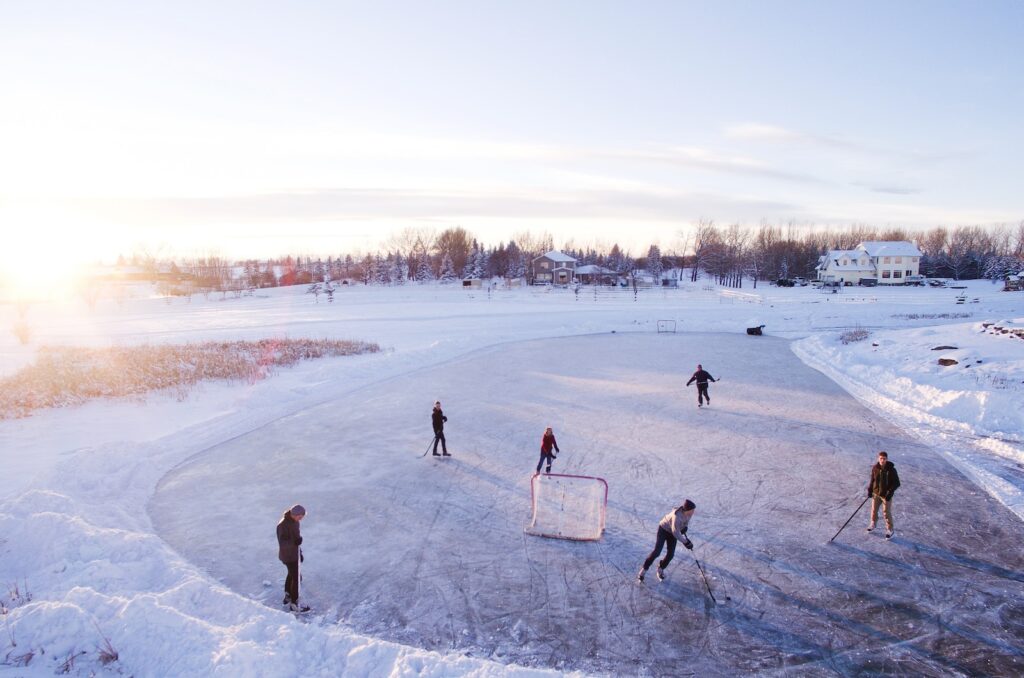
Starting Your Ice Skating Journey
So, are you ready to embrace the chill and venture into this icy escapade? Starting your ice skating journey requires a little bit of preparation. Here’s how you can get started.
Finding the Right Ice Skating Lessons
When you decide to learn ice skating, the first step is to find the right lessons. Now, what makes a lesson right can depend on various factors, such as your age, physical fitness, and personal goals. Are you interested in figure skating, ice hockey, or just skating for fun? Do you have any previous experience, or are you a complete beginner? Answering these questions can guide you in choosing a class that fits your needs.
Keep in mind that the most expensive classes aren’t always the best, and neither are the ones with the most students. The right lesson should have a good student-to-teacher ratio, a structured curriculum, professional and patient instructors, and a safe environment. If possible, speak to people who have already taken the course or read reviews online to ensure that it’s a good fit for you.
In-Person Lessons
In-person lessons are the traditional way of learning ice skating and offer a lot of benefits. For one, you get immediate feedback from your coach. They can correct your posture, guide your movements, and provide tips to improve your technique right on the spot. Plus, they can answer your questions directly, which can be crucial when you’re learning something new.
In-person lessons also allow you to observe other skaters, learn from their moves, and even make new friends who share your interest. Additionally, there’s a certain motivation and discipline that comes with scheduled classes—it keeps you committed to your lessons and consistent in your practice.
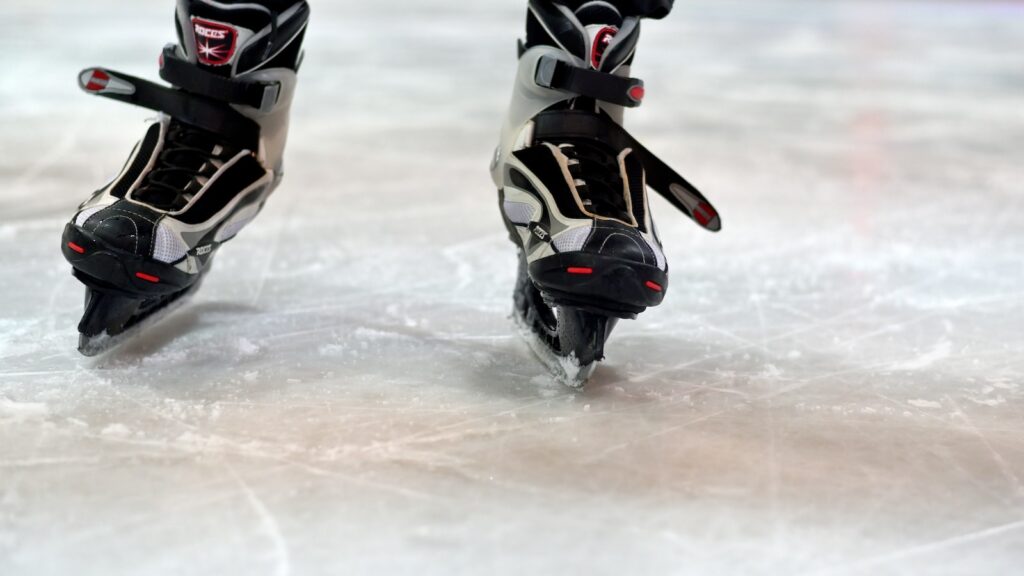
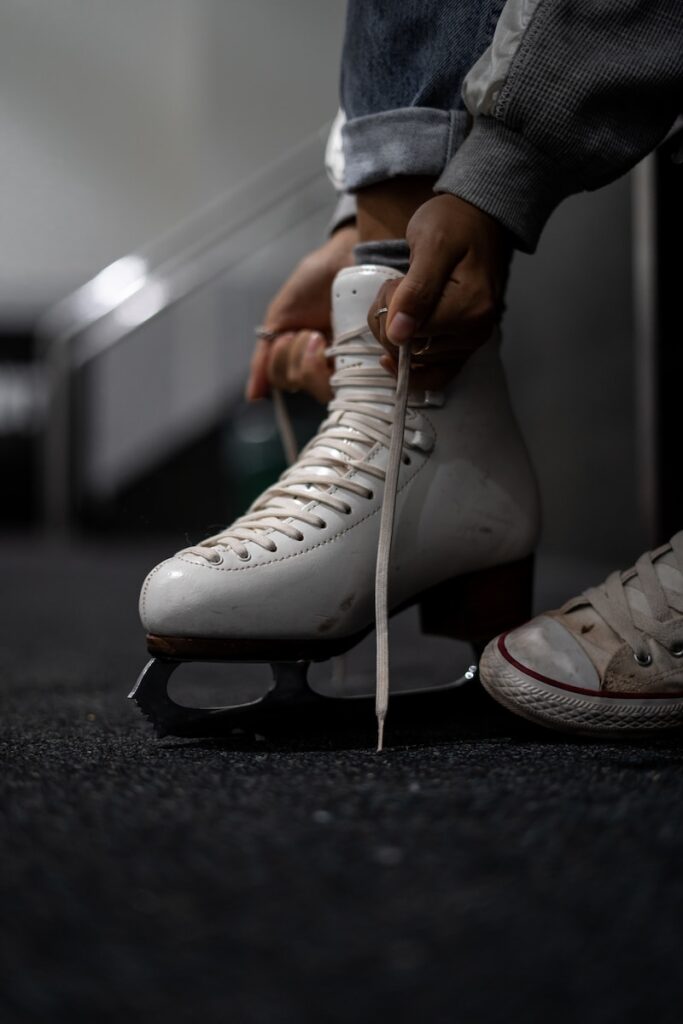
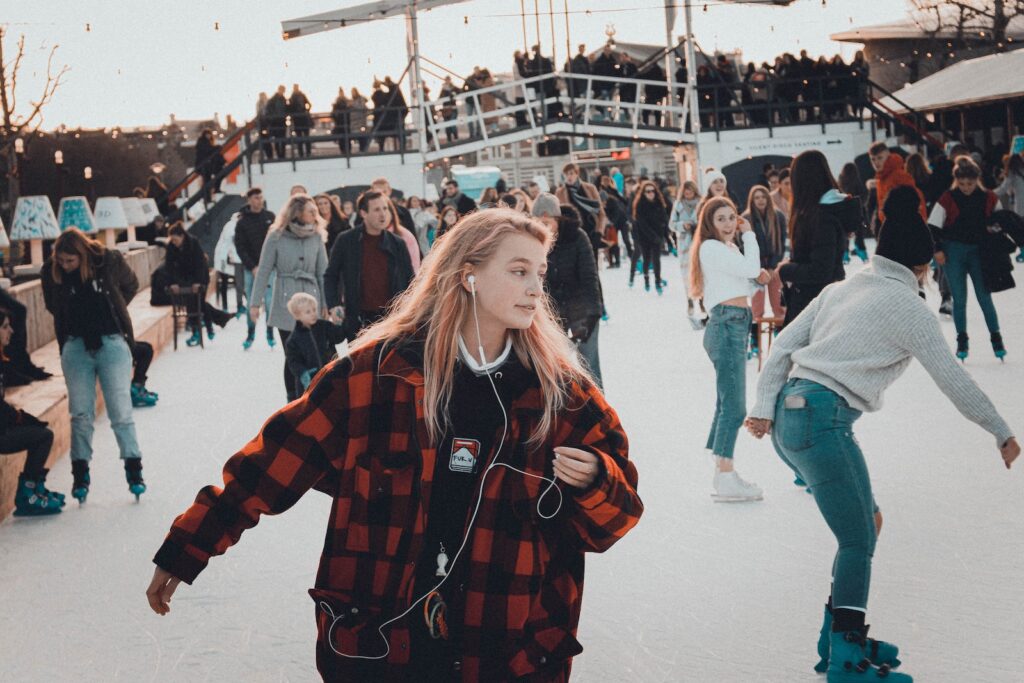
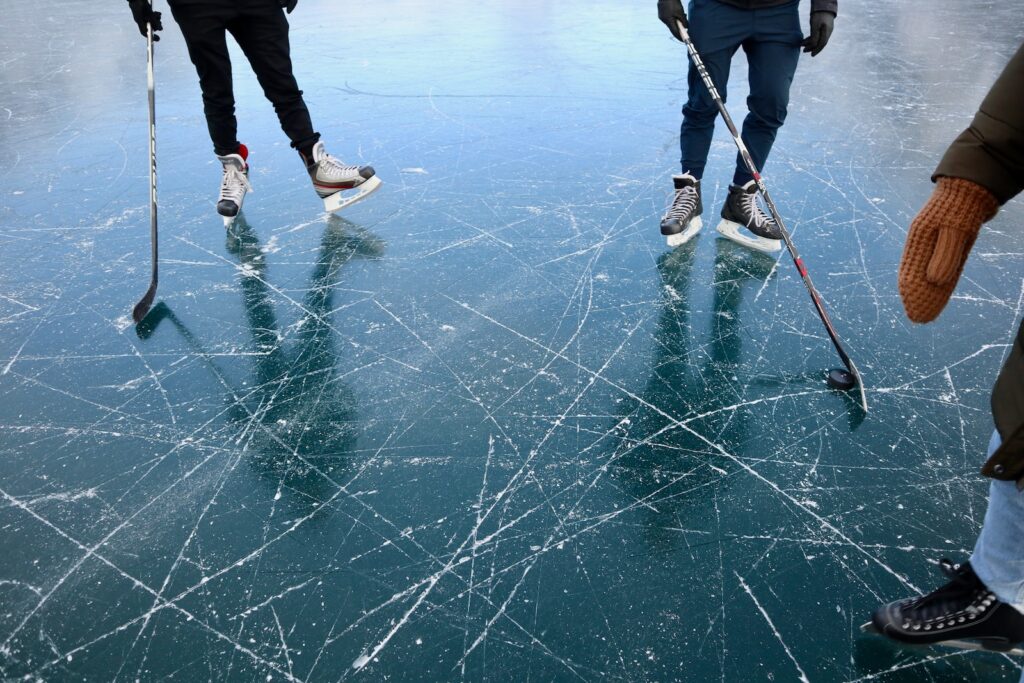
Online Lessons
While in-person classes have their perks, online ice skating lessons are increasingly becoming popular—and for a good reason. They offer flexibility—you can learn at your own pace, at any time of the day, and from the comfort of your home (or any other location).
Online lessons can be especially beneficial if you live far from an ice rink or have a busy schedule that doesn’t allow for regular classes. They can also be a good supplement to in-person lessons, allowing you to review and practice what you’ve learned. However, remember that while online classes can teach you theory and demonstrate moves, they lack the instant, personalized feedback that in-person lessons provide. Hence, it’s essential to use online lessons responsibly and consider complementing them with in-person classes or coaching when possible.
Choosing the Right Ice Skates
Your equipment plays a significant role in your ice skating journey, and the most crucial of all is your ice skates.
The right pair of ice skates can make a difference in your learning curve. They should offer good ankle support, have a snug but comfortable fit, and the right type of blade for your skating style. For beginners, it’s often recommended to start with figure skates as they have a toe pick that can help with balance. However, remember that everyone’s feet and skating preferences are different, so what works for one person might not work for another.
Choosing your first pair of ice skates can be overwhelming, given the variety of options available in the market. It’s advisable to seek guidance from a professional or an experienced skater when making your choice. Some ice rinks also offer rental skates, which can be a good starting point before you decide to invest in your own pair.

What to Expect in Ice Skating Lessons
Now that you’ve found the right lessons and geared up with your ice skates, what can you expect from your first ice skating lessons?
Let’s take a look.
Basic Techniques
Every great ice skater starts with the basics, and that’s exactly where your lessons will start. Here’s a sneak peek at some of the fundamental techniques you’ll learn.
- Falling and Getting Up: It may seem counterintuitive, but one of the first things you’ll learn in your ice skating lessons is how to fall and how to get up. Falling is a part of the learning process, and knowing how to fall can help you avoid injuries.
- Standing and Balancing: Learning to balance on the thin blades of ice skates is a significant first step. You’ll learn how to stand, how to shift your weight, and how to maintain your balance as you start moving.
- Forward Skating: Once you’ve mastered standing and balancing, you’ll learn to move forward. This involves a push and glide technique, where you push off with one foot and glide with the other.
- Stopping: A crucial part of skating is knowing how to stop safely. You’ll learn different techniques to halt your movement, such as the snowplow stop or the T-stop.
- Turning and Crossovers: Turning involves changing your direction while maintaining your balance. Crossovers are a way of turning where one foot crosses over the other.
- Backward Skating: Skating backward is a more advanced skill but still a part of basic techniques. It requires a bit more balance and coordination compared to forward skating.
As a beginner, expect a lot of practice on these basic moves before you move on to more advanced techniques.
Advanced Techniques
Once you’re comfortable with the basics, you’ll venture into more advanced techniques. The complexity and range of these techniques can vary based on the style of ice skating you’re learning—figure skating, ice hockey, speed skating, etc.
In figure skating, for instance, some advanced moves include spins, jumps, and spirals. These require a high degree of control, flexibility, strength, and precision. For ice hockey, advanced skills may include quick stops and starts, swift turns, puck handling, and shooting.
Regardless of the style, advancing in ice skating is a gradual process. It’s essential to be patient and not rush into trying complex moves without proper guidance and practice.
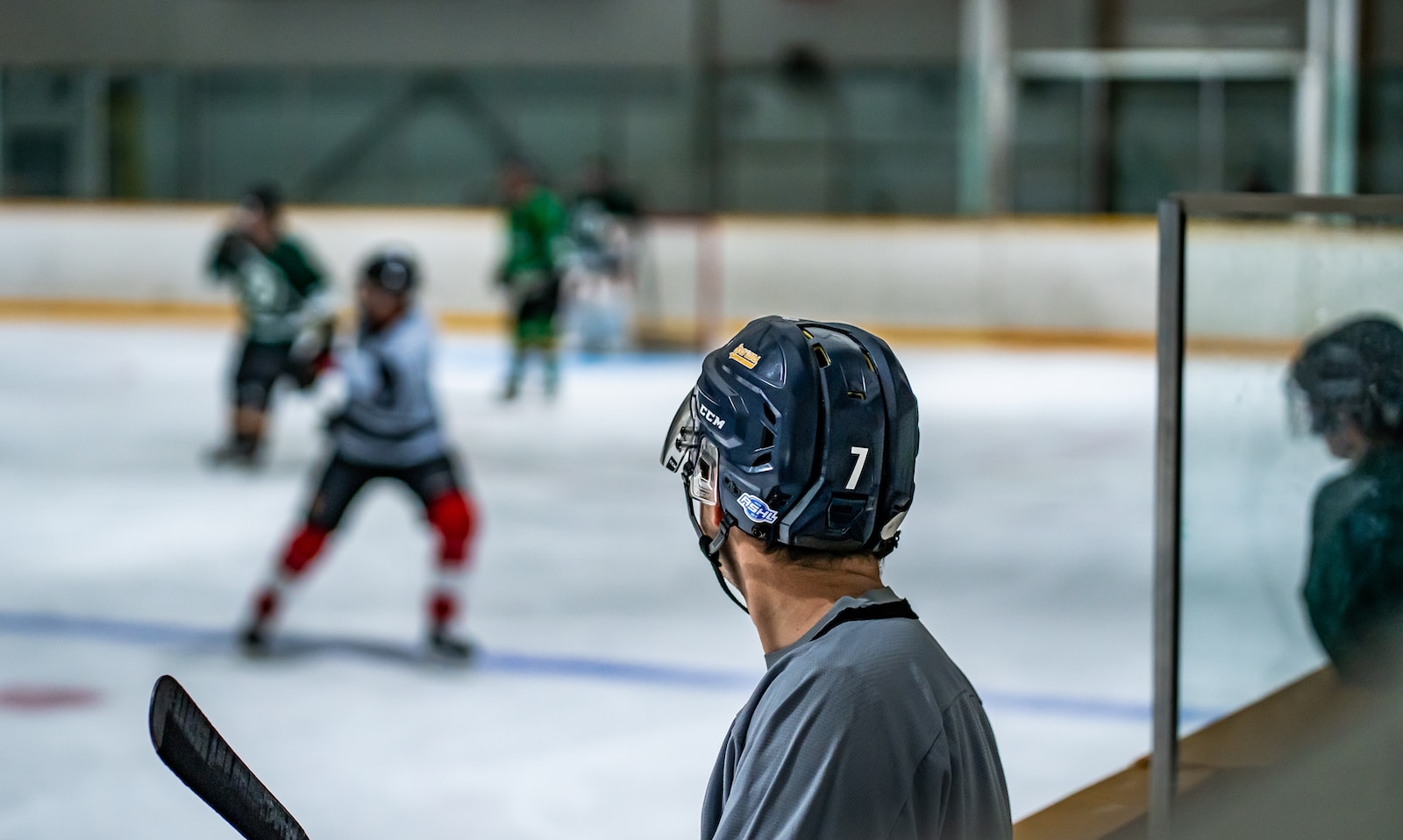
Safety Precautions
Safety is a fundamental aspect of ice skating lessons. While ice skating is a relatively safe sport, like any physical activity, it carries a risk of injuries. Hence, learning how to protect yourself is crucial.
Safety lessons often start with the correct way to fall and get up, as mentioned earlier. Other safety instructions may involve maintaining a safe distance from other skaters, knowing the rink rules, and understanding right of way.
Your coach may also guide you on the importance of warming up before skating and cooling down afterward to prevent muscle strains. Furthermore, you’ll learn about the essential safety gear, such as helmets, knee pads, elbow pads, and wrist guards, especially if you’re learning ice hockey or practicing advanced moves.
Tips for Excelling in Ice Skating
Learning to ice skate is one thing—becoming good at it is another. If you dream of being an excellent ice skater, these tips can help you excel in your journey.
Practicing Regularly
Consistent practice is the cornerstone of success in ice skating, as it is in any sport. The more you practice, the more familiar you become with your movements, the ice, and the skates. Regular practice builds muscle memory, which is crucial for executing moves instinctively and smoothly.
Whether it’s a glide, a stop, a turn, or a jump, repetition is key. Practice not till you get it right, but till you can’t get it wrong. And remember, practice doesn’t mean mindless repetition. It means conscious effort, understanding your mistakes, and working to correct them each time.
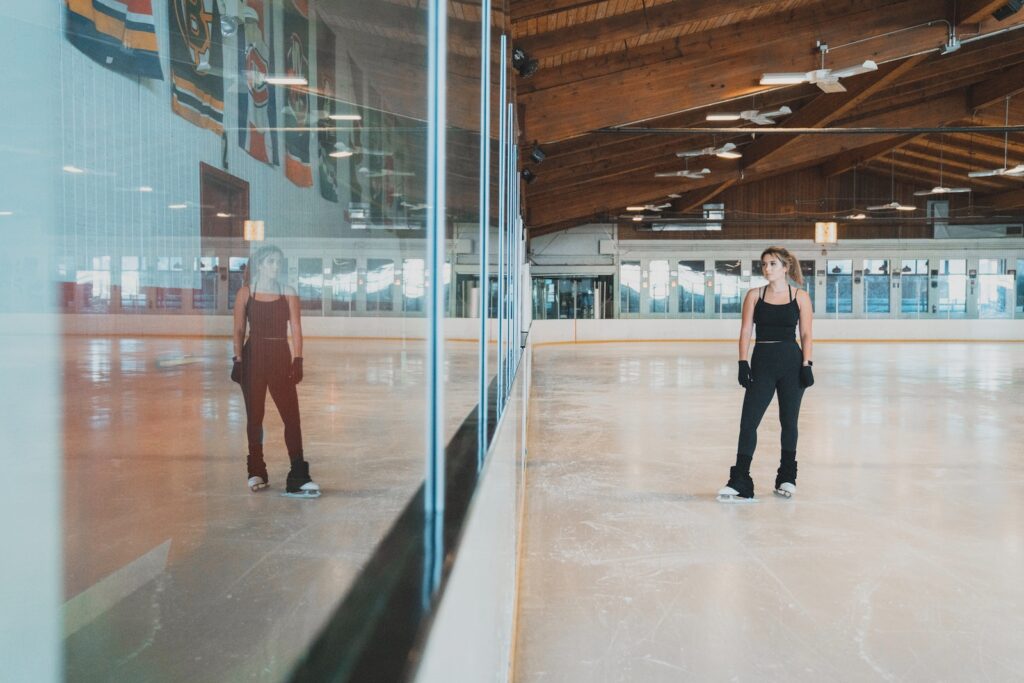
Staying Motivated
Ice skating is a sport of highs and lows. Some days you’ll learn a new move effortlessly, and other days even the basic glide might seem challenging. It’s important to stay motivated throughout this journey.
Set small, achievable goals for each session, and celebrate when you meet them. Treat falls and failures as part of the learning process, not as setbacks. Enjoy the process of learning, the joy of being on the ice, and don’t pressure yourself to be perfect.
Remember why you started—whether it was to enjoy a new hobby, to stay fit, or to master a beautiful sport. Keep that reason at the heart of your journey, and let it motivate you to keep going, even when things get tough.
Seeking Feedback
No matter how many hours you put into practice, feedback is crucial for improvement. Constructive criticism can help you understand what you’re doing wrong and how to correct it.
Your coach is an invaluable source of feedback—they can spot errors you might not notice and offer tips to improve. Don’t hesitate to ask your coach for advice or clarification.
Aside from your coach, more experienced skaters can also provide helpful insights. You can learn a lot from their experience and skills.
Finally, don’t forget self-evaluation. Be aware of your movements, your balance, and your body. Learn to identify when a move feels right and when it doesn’t. This self-awareness, combined with external feedback, can significantly speed up your progress.
Conclusion
Embarking on ice skating lessons is more than just learning a new sport—it’s about embarking on a journey of self-improvement, resilience, and joy. As you glide on the ice, you’re not just moving; you’re expressing yourself, challenging yourself, and above all, enjoying yourself. Whether you dream of becoming a professional skater or simply want to enjoy the thrill of the glide, the world of ice skating welcomes you with open arms and a promise of an adventure like no other.
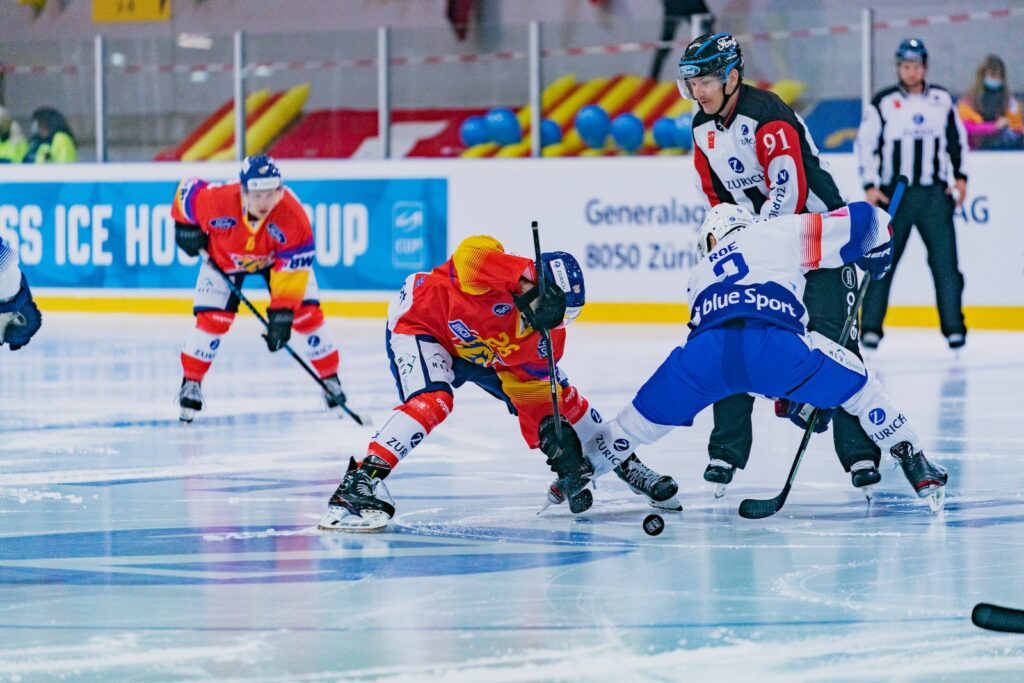
FAQs
- Is ice skating hard to learn?
Ice skating is a skill that requires practice, like any other sport or hobby. Some people might find it challenging initially, especially because it requires balance and coordination. However, with regular practice and proper guidance, most people can learn to ice skate.
- At what age can children start ice skating lessons?
Children can typically start ice skating lessons around the age of 3 or 4, once they’ve developed a good sense of balance. However, it’s essential to ensure the lessons are suitable for their age and abilities, and safety measures are in place.
- What should I wear to ice skating lessons?
Wear comfortable, warm clothing that allows easy movement. Layers are a good idea as you can remove them if you get too warm. Don’t forget gloves to keep your hands warm and protect them from the cold ice. If you have your own skates, bring them along; otherwise, rental skates are often available at the rink.
- Are online ice skating lessons effective?
Online ice skating lessons can be a great way to learn the theory behind the techniques and moves. They can also provide useful demonstrations. However, they can’t replace the practical experience of being on the ice and getting direct feedback from a coach. So, they’re best used as a supplement to in-person lessons.
- How long does it take to learn to ice skate?
The learning speed varies widely from person to person. Some might feel comfortable on the ice after a few sessions, while others might need a few weeks or even months. Consistent practice is the key to progress. Don’t rush your journey—enjoy the learning process.
As you embark on your ice skating journey, remember to enjoy each glide, each turn, each fall, and each success. Ice skating is not just about the destination; it’s about the journey itself. So, lace up your skates, step onto the ice, and let the adventure begin!

